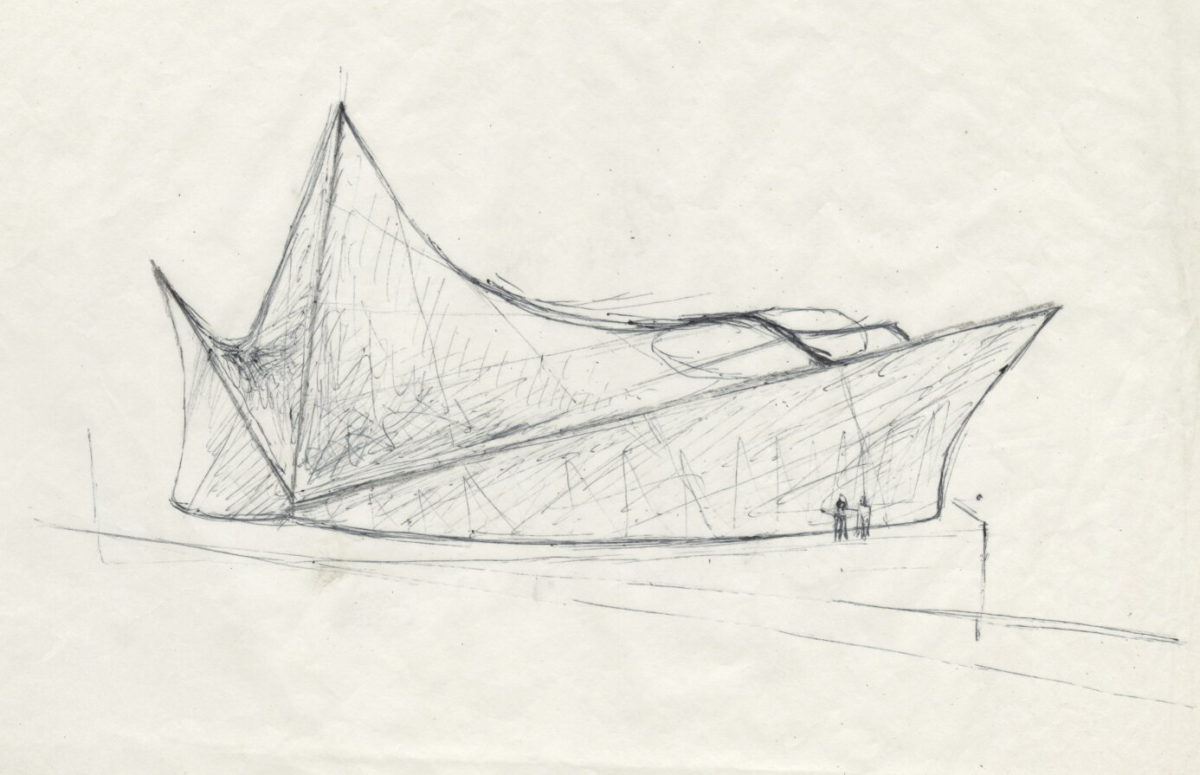A main piece of work of the Le Corbusier workshop, which served as a laboratory for putting into practice the idea of living together; it was financed by the Ministry of Reconstruction in the post-war period. It is an 18-story housing building with 337 apartments (of 23 types), including a shopping street, a hotel, a […]
Architecture
Catalog created by Elsa Kiourtsoglou.
Financed by the Cooperative La Maison Familiale, the project aims to provide the city with a new building composed of collective housing. This project pushes the standardization and the level of prefabrication of the components to their maximum. The structure includes 294 apartments (of 7 different types), with no collective facilities, except for the kindergarten […]
The vast project in the Punjabi capital was entrusted to Le Corbusier in the early 1950s, when the latter’s fame was at its peak. In this work done with his cousin Pierre Jeanneret (who directs the site in Chandigarh), Le Corbusier puts his signature on the design and construction of the capitol palaces that include: […]
The Dominican Convent in L’Arbresle, near Lyon, entrusted to Le Corbusier in 1953, is part of a global attempt to renew the vocabulary of sacred architecture. For the first time since he joined the studio, Xenakis assumed full responsibility for the architecture and became head of the project. Although the general form comes from the […]
The design of the major sports complex on the banks of the Tigris River was part of the development and modernization plan for the city of Baghdad. Le Corbusier entrusted the project to Xenakis, who, enjoying total freedom in terms of the program, had a broad vision: a stadium for 50,000 people, a gymnasium with […]
This cultural complex, part of a vast operation of reconstruction and urban development in Firminy, was intended to link the old town and the new districts of Firminy-Vert. Le Corbusier proposed to merge the sports facilities and the Maison de la Culture by organizing the spaces in a “mirror” fashion. Xenakis, being the project manager […]
The Dutch company Philips wanted to participate in the 1958 World’s Fair in Brussels – the first after World War II – with its own temporary pavilion. It invited Le Corbusier, knowing his international reputation. Upon approaching Le Corbusier, the firm’s artistic director, Louis Kalff, realized that the architect was more interested in the audiovisual […]
Xenakis had a decisive encounter with the conductor Hermann Scherchen, following the premiere of Varèse’s Déserts in Paris in 1954. Since then, Scherchen has taken the young composer under his wing and regularly invites him to the summer academies he organizes in his experimental music center in Gravesano, Switzerland. When in 1961 he decided to […]
Françoise Choay, during the preparation of her book L’Urbanisme, Utopies et Réalités (Urbanism, Utopias and Realities), asked Xenakis (who at the time was living in Berlin as a Ford Foundation grant holder) to make a proposal for the city of the future. The composer-architect was impregnated with the urbanistic discourses of the sixties, which magnified […]
Having been condemned to death in 1947 for having deserted the national army, Xenakis is forbidden to stay in Greece. He proposes a plan conceived from the photos that F.B. Mâche provides him in 1967. He drew five independent units that communicate with each other from the outside, freely inspired by the traditional houses of […]










